 W
WEngineers, as practitioners of engineering, are professionals who invent, design, analyze, build and test machines, complex systems, structures, gadgets and materials to fulfill functional objectives and requirements while considering the limitations imposed by practicality, regulation, safety and cost. The word engineer is derived from the Latin words ingeniare and ingenium ("cleverness"). The foundational qualifications of an engineer typically include a four-year bachelor's degree in an engineering discipline, or in some jurisdictions, a master's degree in an engineering discipline plus four to six years of peer-reviewed professional practice and passage of engineering board examinations.
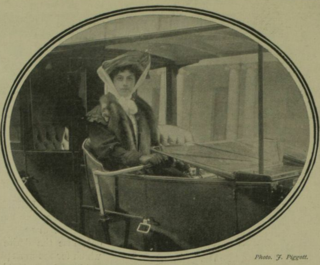 W
WCleone Benest, also known by the pseudonym C. Griff, was a pioneering motorist, as well as an engineer, and metallurgist. She was one of the first women engineers to pass mechanical examinations of the City and Guilds of London Institute, Royal Automobile Club, and Portsmouth Municipal College. She published articles on engineering and established her own firm which was both managed and run by women. She served as the chair of the Women's Engineering Society from 1922 to 1926.
 W
WSue Bird is an acoustic engineer and past president of Women's Engineering Society (WES).
 W
WFrances Beatrice Bradfield was an aeronautical engineer at the Royal Aircraft Establishment (RAE). She worked at RAE Farnborough, where she headed the Wind Tunnels Section. Here she mentored many of the younger male engineers who joined the RAE.
 W
WDorothy Donaldson Buchanan, married name Fleming was a Scottish civil engineer, and the first female member of the Institution of Civil Engineers, successfully passing the institution's admission examination in 1927.
 W
WElsie Joy Davison was a Canadian-born British aviator and airline director. She started flying herself in 1929. After becoming the country's first female director of an aircraft company in 1936, she died serving with the Air Transport Auxiliary in 1940, becoming the first female British aviator to die in World War II.
 W
WOlive Wetzel Dennis was an engineer whose design innovations changed the nature of railway travel. Born in Thurlow, Pennsylvania, she grew up in Baltimore.
 W
WMary E. Dillon was an American businesswoman and President of Brooklyn Borough Gas Company. She was the first female president of any utility company in the world.
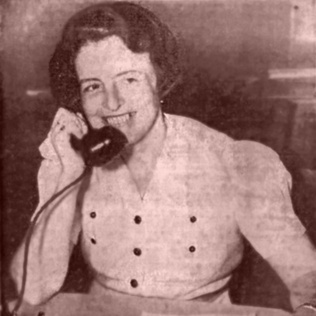 W
WM. Elsa Gardner was an American aeronautical engineer. She was the first woman admitted as a full member of the Engineers Club of Dayton.
 W
WFrances Heywood was a British metallurgist and engineer.
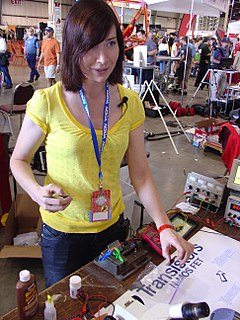 W
WThe history of women in engineering predates the development of the profession of engineering. Before engineering was recognized as a formal profession, women with engineering skills often sought recognition as inventors. During the Islamic Golden Period from the 8th century until the 15th century there were many Muslim women who were inventors and engineers, such as the 10th-century astronomer Mariam al-Asturlabi.
 W
WVerena Winifred Holmes was an English mechanical engineer and multi-field inventor, the first woman member elected to the Institution of Mechanical Engineers (1924) and the Institution of Locomotive Engineers (1931), and was a strong supporter of women in engineering. She was one of the early members of the Women's Engineering Society, and its president in 1931. She was the first practising engineer to serve as president of the society.
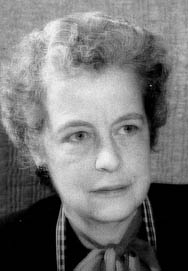 W
WMargaret Ingels was an American engineer. She is known as the first female engineering graduate from the University of Kentucky, receiving her Bachelor of Science degree in Mechanical Engineering in 1916. She was also the second woman engineering graduate in the United States and the first woman to receive a professional degree of Mechanical Engineer.
 W
WAmy Johnson was a pioneering English pilot who was the first woman to fly solo from London to Australia.
 W
WElizabeth M. Kennedy was the president of the Women's Engineering Society (WES) from 1932 to 1934. She worked for the London-based machinery manufacturer Messrs J B Stone & Co, initially as a shorthand typist before being appointed to joint managing director in 1915. Shortly afterwards, she was promoted to managing director and remained in this position until her retirement in 1934. Despite her commercial achievements as a female engineer and business woman post-World War I, including opportunities to travel to America, Kennedy remained adamant that she did not label herself as a feminist, stating in her WES retiring president's address:"I am not a feminist"..."I have never been one, and although I may offend some of my women friends by saying so, I do not think it was the fact that they chained themselves to railings which obtained the vote for women. They showed their worth during the war. It is the ability in either men or women which should give them the opportunity to do what they want"
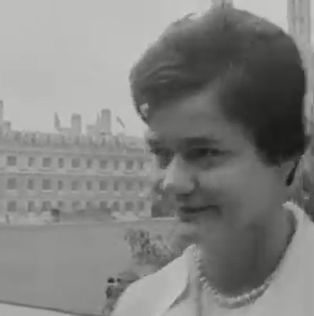 W
WElizabeth Laverick was a British engineer who became technical director of Elliott Automation Radar Systems. Laverick was the first female deputy secretary of the Institution of Electrical Engineers and president of the Women's Engineering Society. She was the first woman to receive a PhD in a scientific curriculum at Durham University, and was awarded an OBE in 1993.
 W
WHilda Lyon, AFRAeS was a British engineer who invented the "Lyon Shape", a streamlined design used for airships and submarines.
 W
WFlorence Violet McKenzie OBE, affectionately known as "Mrs Mac", was Australia's first female electrical engineer, founder of the Women's Emergency Signalling Corps (WESC) and lifelong promoter for technical education for women. She campaigned successfully to have some of her female trainees accepted into the all-male Navy, thereby originating the Women's Royal Australian Naval Service (WRANS). Some 12,000 servicemen passed through her signal instruction school in Sydney, acquiring skill in Morse code and visual signalling.
 W
WMadeleine Marie Nobbs was a building services engineer, responsible for the reprovision of services to the Old Bailey in London after the Second World War, and president of the Women's Engineering Society (1959–60).
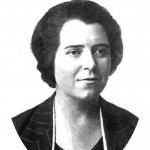 W
WDorothée Aurélie Marianne Pullinger, MBE was a pioneering automobile engineer and businesswoman.
 W
WDorothy Rowntree, was the first woman in the UK to qualify in naval architecture and the first woman to graduate in engineering from the University of Glasgow.
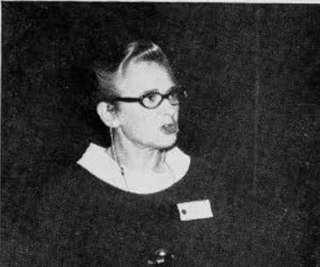 W
WRuth Shafer, was the chair of the first international conference of women engineers and scientists.
 W
WAnne Gillespie Shaw was a Scottish engineer and businesswoman. Shaw specialised in time and motion study. She began her own consulting company, the Anne Shaw Organisation Ltd., in 1945.
 W
WHelen Lynette Estelle Willoughby (b.1950) is a feminist electronic engineer and champion of teaching women about technology, whose career has spanned 50 years. She was a lecturer on microprocessor engineering at Leeds Polytechnic and Leeds Beckett University for 24 years. She was the president of the Women's Engineering Society from 1993 to 1995.